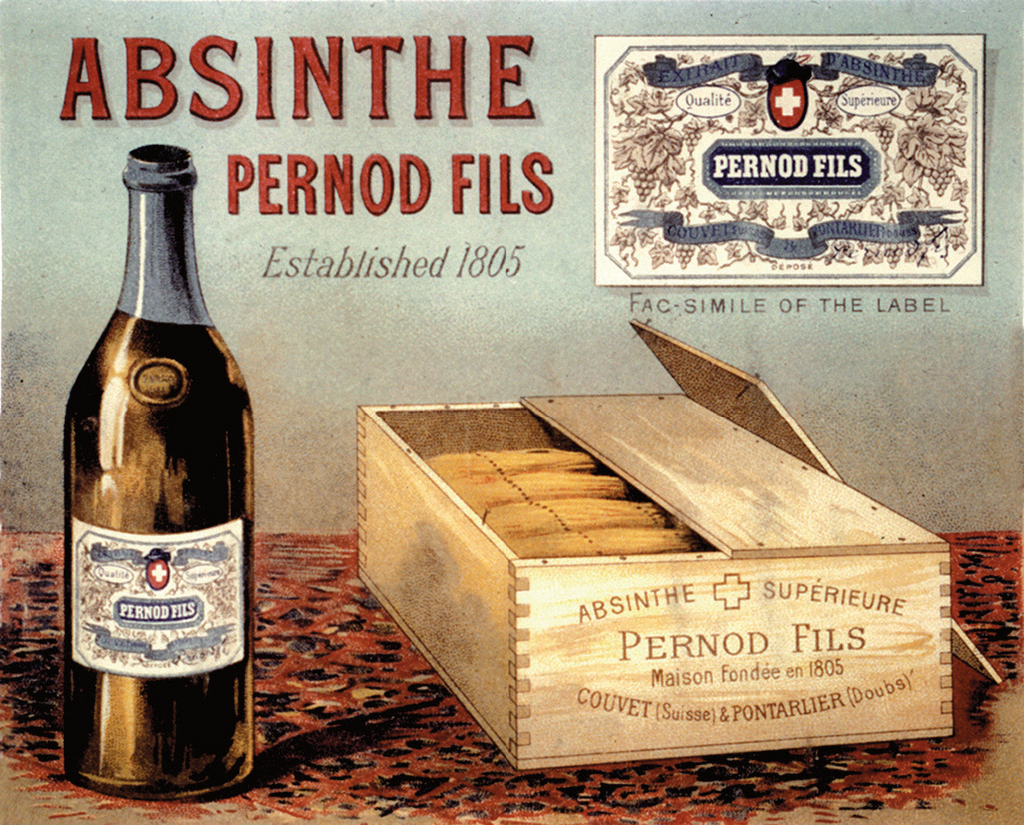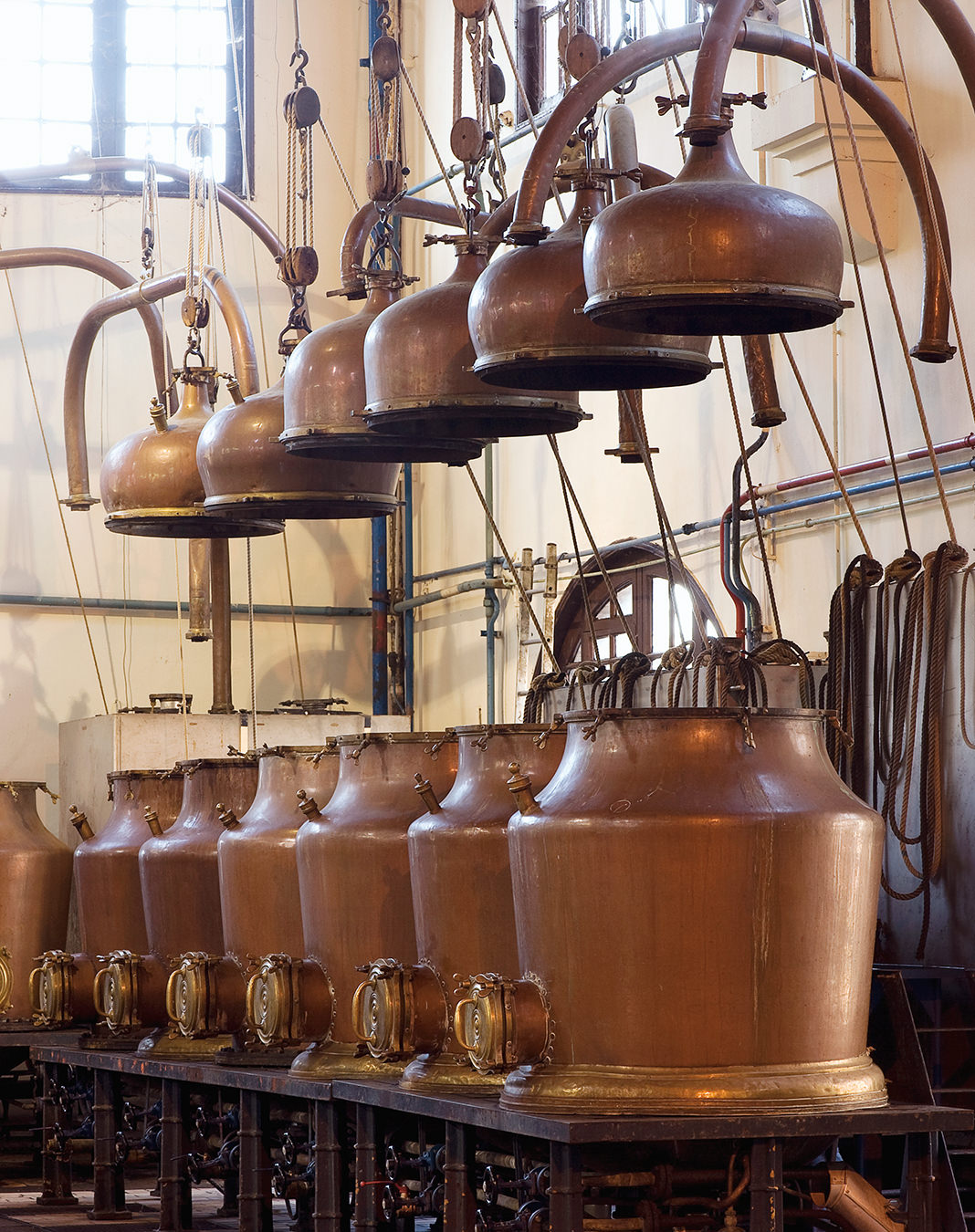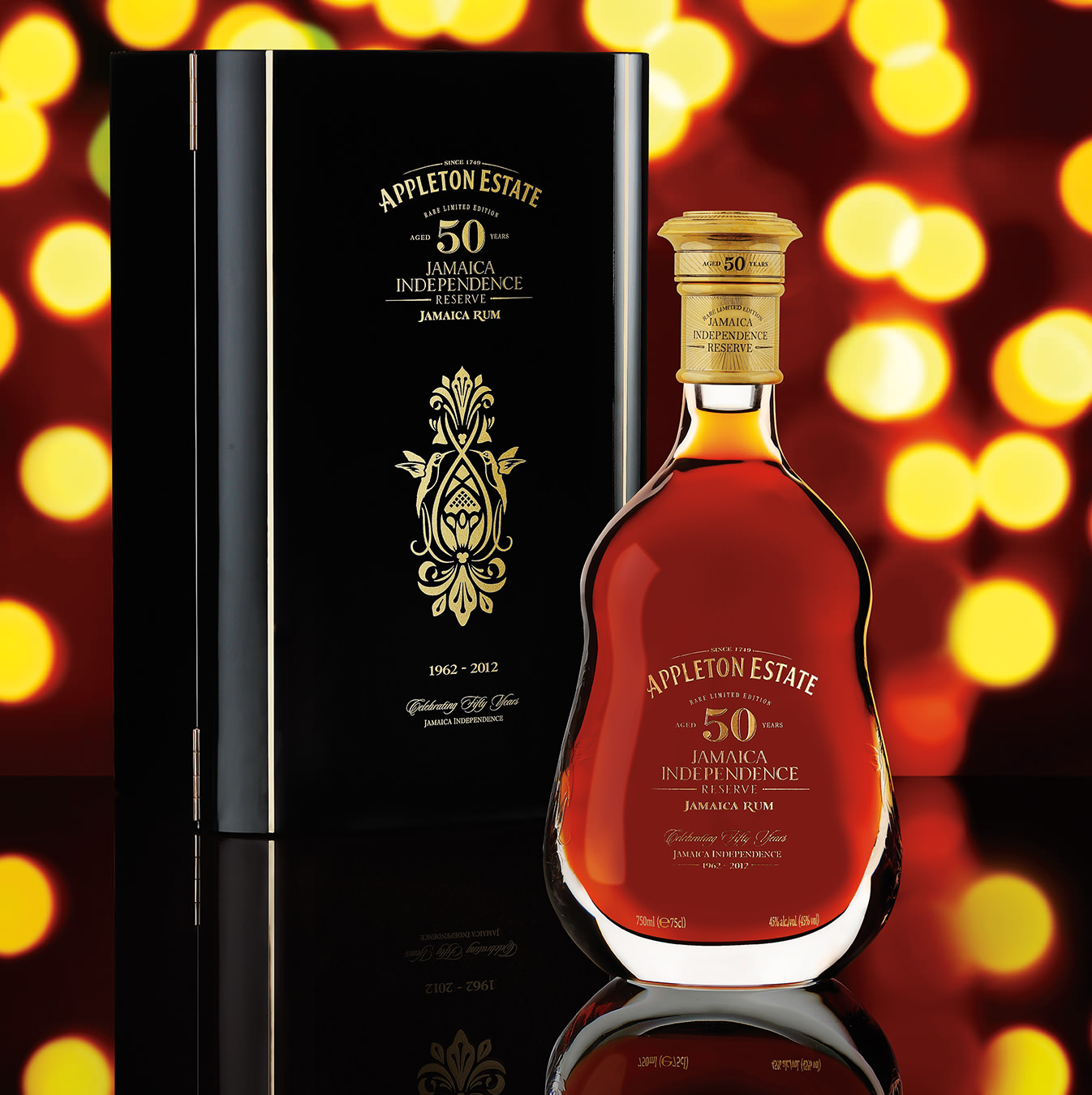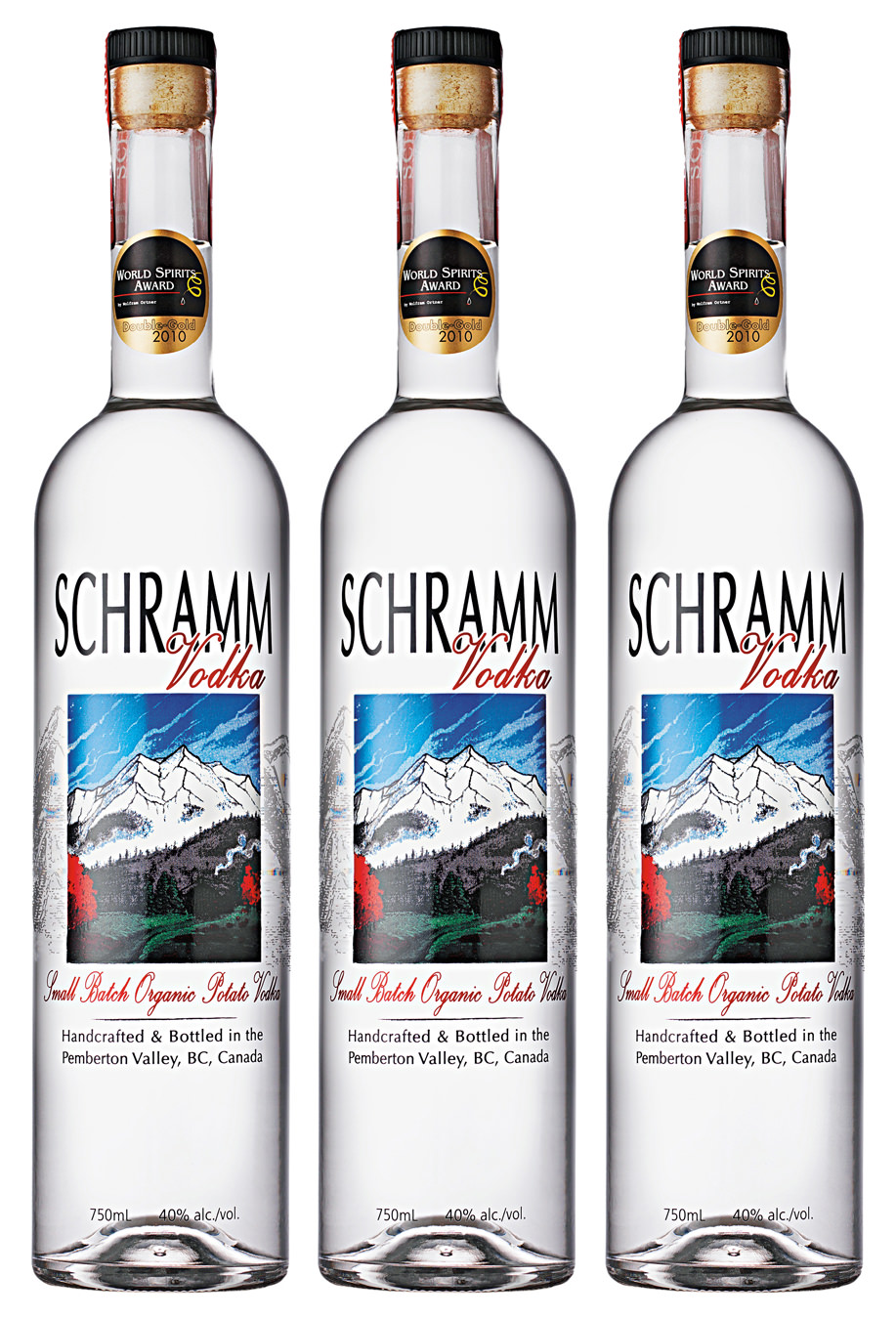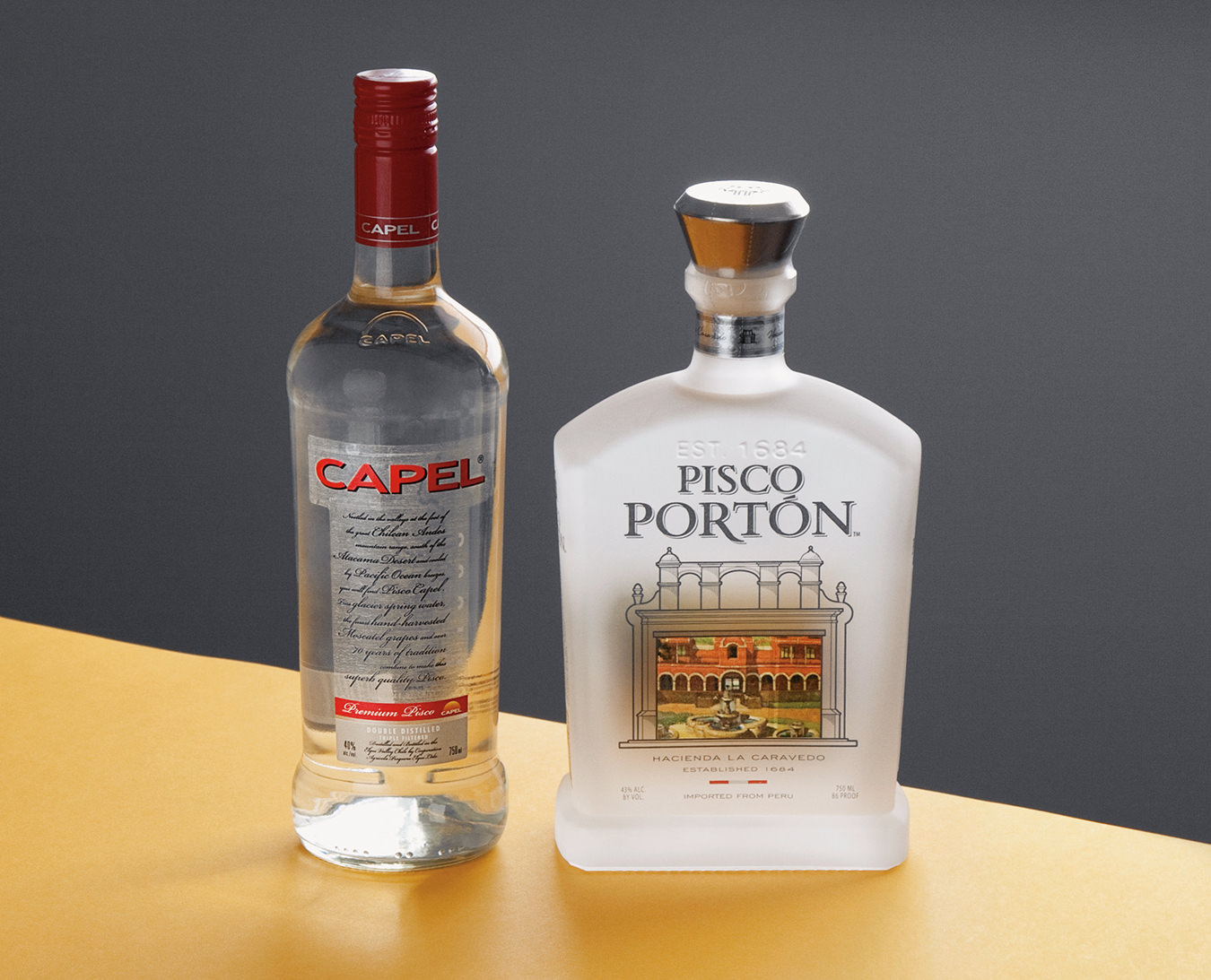The Legacy of Pernod
Green legend.
The taking of a drink before dinner, usually called an “aperitif”, or “apero”, tends to have some ritualistic charm to it, which can make the drink itself in some ways secondary to the experience. The blended Scotch on the rocks, the martini, the coupe of champagne, all seem to have pride of place, as do countless other spirits and concoctions. Still, absinthe, known euphemistically as “the Green Fairy”, was singularly capable of developing a lore that eventually led to a ban in much of Europe during the early 1900s, most notably in France in 1915, where the “green hour” was deemed responsible for many a lapse in social grace and behavioural restraint. It took nearly a century before absinthe’s most famous producer, Pernod, reintroduced the spirit to the material world.
One Dr. Pierre Ordinaire first mixed the drink—made with star anise, fennel, green anise, hyssop, and the notorious wormwood, or Artemisia absinthium—as a medicinal cure-all in 1792. A businessman named Major Dubied thought there was potential in the elixir, purchased the recipe in 1797, and hired his son-in-law, Henri-Louis Pernod, who eventually took over the distillery. This was the start of the company Pernod Fils, and it held a dominant market share and withstood the pressures of many knock-offs based on the fundamental anise-based flavour of Pernod Fils Absinthe. Pernod Fils maintained its dominance by way of superior quality. During its heyday in the early 19th century, Pernod Fils produced 30,000 litres of absinthe a day.
As the 19th century wore on, the drink became increasingly popular in France, and Paris in particular, and French Foreign Legionnaires, who were used to being treated with absinthe for malaria, brought their acquired tastes into mainstream culture. The drink’s popularity and its high alcohol content (68 per cent, compared to the norm of 40 per cent for most distilled spirits) eventually raised the ire of both French government authorities and the wine industry, which eventually resulted in a ban on absinthe in 1915.
Pernod Fils was a hugely successful company, flourishing up until the infamous ban. After five years of their production facilities lying fallow, the company, with great insight and ingenuity, brought out their eponymous drink, satisfying the world’s thirst for an anise-flavoured potable while conjuring up memories of the lamented absinthe. Thus the pastis called Pernod came to the market, while absinthe in all its forms was banished. Its competitors remain to this day: Ricard, Pastis 51, even Liquore Strega.
In 1997, absinthe began making its way back to markets. The wormwood’s essential oil, thujone, was originally thought to impart psychedelic effects to the drink, which helped feed the hysteria that eventually led to prohibition. Hindsight and science suggest that thujone is not nearly so potent and dangerous as it was once thought, and that an overly concerned wine industry lobby had a little something to do with eliminating some of its stiffest competition. To this day, bottles for export boast the simple “Absinthe” denomination, while in France it is called, for legal reasons, “Spirit with absinthe plant extracts”.
Today, therefore, you can try both Pernod and Pernod Absinthe side by side if you wish, though the truth is that they are very different experiences, and best taken in different contexts. Pernod is a golden hue, with the anise notes being dominant. It is attractive and easy to like, requiring a bit of cold water to allow its nuances to announce themselves. At 40 per cent alcohol, it is an ideal companion to a variety of preparations beyond the simple water, although the charm of slowly pouring the water into a glass of Pernod and watching it turn cloudy, is reason enough for most of us to stay with tradition.
Absinthe, though, is another matter. The green is intense, vivid, and the aroma similarly intense. It cannot under any circumstances be taken straight, due to both its high (68 per cent) alcohol content and its bitterness. Best to observe the time-honoured ritual. First, an ounce of the brilliant green spirit is poured into a glass. Then a slotted spoon is placed on the rim of the glass, with a sugar cube ensconced on it. Ice-cold water is then poured (slowly, very slowly) over the cube, introducing necessary sweetness and dilution to the drink. The aromas released by this process are delicate, and the botanicals used in the distillation process release some of their compounds to the air, thanks to the water. (There are a number of variations on this practice, most prominent among them the dramatic Bohemian method, in which the absinthe-soaked sugar cube is set on fire and dropped into the glass, igniting the drink.)
The grand practitioners of the fin de siècle in France, known as the Post-Impressionists, had a decades-long fascination with absinthe. Iconic paintings by Toulouse-Lautrec, Gauguin, Degas, Van Gogh, and, a little later, Picasso, show how imbued in Parisian culture the drink was. Thus it remains to this day a historic drink with an equally historic ritual, evoking the Green Fairy with more than a bit of the magic with which it captivated in centuries past.

